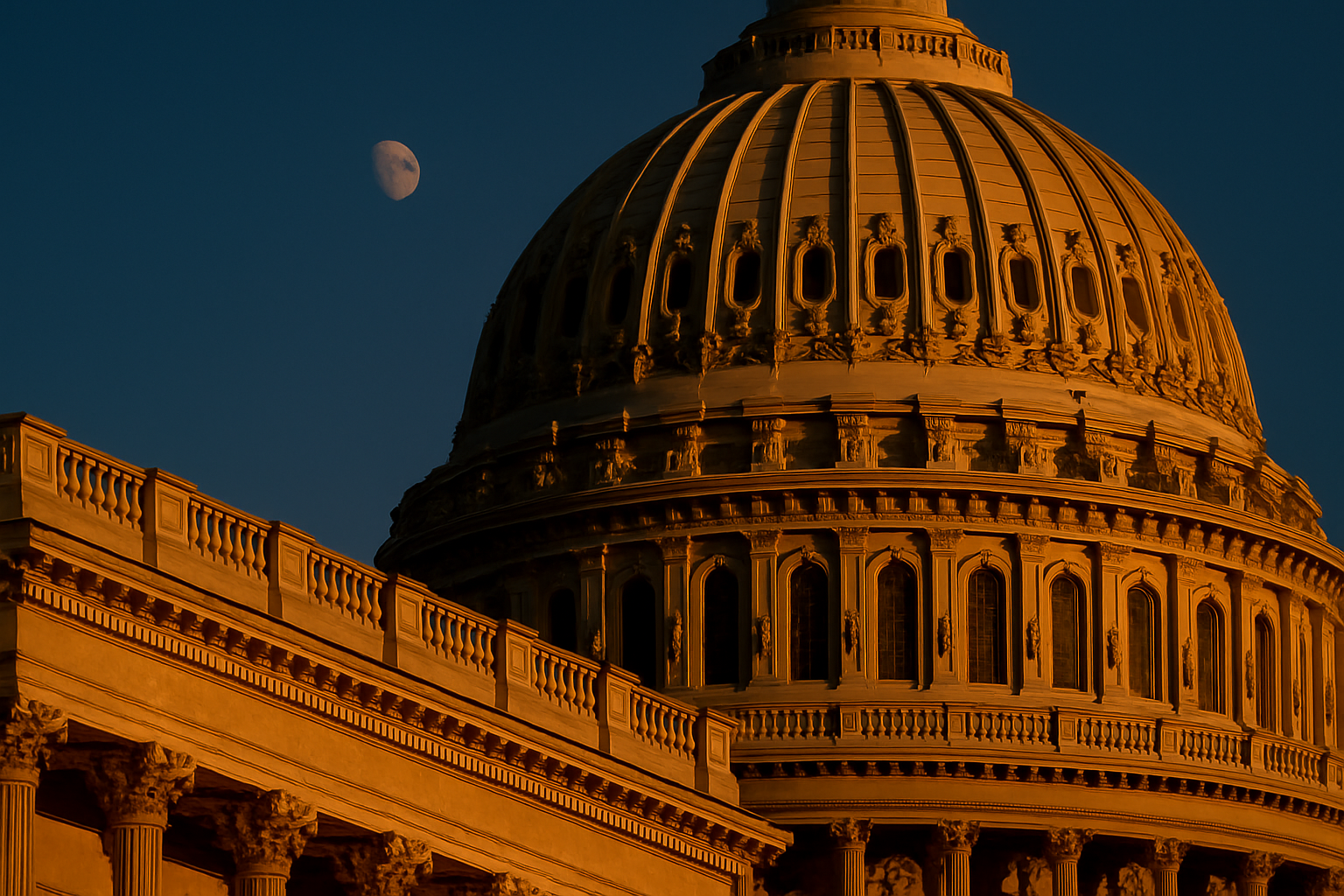Primer on U.S. Government Shutdown
Morning Standard

Key Arguments
-
Definition and Mechanism
○ A government shutdown occurs when Congress fails to pass funding legislation, halting federal operations.
○ Essential services continue without pay, while non-essential services are completely stopped. -
Political Root Causes
○ Shutdowns stem from partisan conflicts, not from financial insolvency.
○ The U.S. system mandates Congressional authorization for spending, and political disagreements often stall the process. -
Impact on Services
○ Around 800,000 federal employees are furloughed during shutdowns.
○ Critical sectors (defense, intelligence, emergency) remain active, while routine administration suffers. -
Economic and Political Impact
○ Example: The 2018–2019 shutdown, the longest in U.S. history, caused an $11 billion GDP loss, with $3 billion permanently lost.
○ Fallout includes public frustration, inefficiency, and loss of global credibility. -
Comparison with Indian System
○ India’s constitutional setup prevents shutdowns via annual budget mandates and the Vote on Account mechanism.
○ The Prime Minister’s accountability to Parliament ensures governance continuity, even amid disagreements.
Author’s Stance
● Maintains an objective and explanatory tone.
● Portrays shutdowns as a symptom of deep U.S. political polarization, not administrative failure.
● Shows a mild bias favoring India’s parliamentary system as more stable and institutionally resilient.
Possible Biases
● Normative tilt – appreciates India’s parliamentary model while implicitly critiquing U.S. polarization.
● Limited exploration of citizen-level hardships like loan delays, healthcare disruptions, or stress during shutdowns.
● Lacks focus on long-term U.S. governance reforms that could prevent future crises.
Pros
● Simplifies a complex fiscal-political concept for general readers.
● Adds depth through U.S.–India comparative analysis.
● Strengthened by empirical data (GDP impact, furlough numbers).
Cons
● Underplays citizen-level hardships and mental health concerns.
● Lacks analysis of long-term institutional reforms to mitigate shutdowns.
● Doesn’t explore the impact on U.S. global credibility or foreign policy.
Policy Implications
1. Fiscal Management:
○ Need for bipartisan budgetary mechanisms and automatic continuing resolutions to prevent shutdowns.
2. Governance Resilience:
○ Demonstrates how nations with checks and balances (like India) maintain functionality even amid political divisions.
3. Institutional Design Lessons:
○ Highlights contrast: parliamentary systems ensure continuity, while presidential systems risk paralysis during gridlocks.
Real-World Impact
● Economic: GDP loss, delayed payments, reduced productivity, and market uncertainty.
● Social: Job insecurity for federal workers; interruptions in welfare programs.
● Political: Declining voter trust and growing cynicism towards political elites.
● Global: Weakens U.S.’s image as a stable democracy capable of self-governance.
Relevance to UPSC GS Papers
● GS Paper II (Polity & Governance):
-
U.S. Presidential vs Indian Parliamentary systems.
-
Separation of powers and accountability mechanisms.
● GS Paper III (Economy):
-
Fiscal impasse impact on macroeconomic stability, employment, and public services.
● GS Paper IV (Ethics):
-
Administrative responsibility and ethical duty of lawmakers during governance crises.
Balanced Summary and Future Perspectives
The U.S. government shutdown reveals the fragility of political consensus in presidential systems, while India’s constitutional provisions reflect institutional foresight and continuity. The article effectively links political structure with administrative stability.
Future Outlook:
● Introduce automatic budget extensions in the U.S. to prevent governance paralysis.
● India should continue to reinforce fiscal discipline and parliamentary safeguards.
● Both nations must prioritize citizen welfare over partisan politics, ensuring governance is never held hostage to political brinkmanship.
